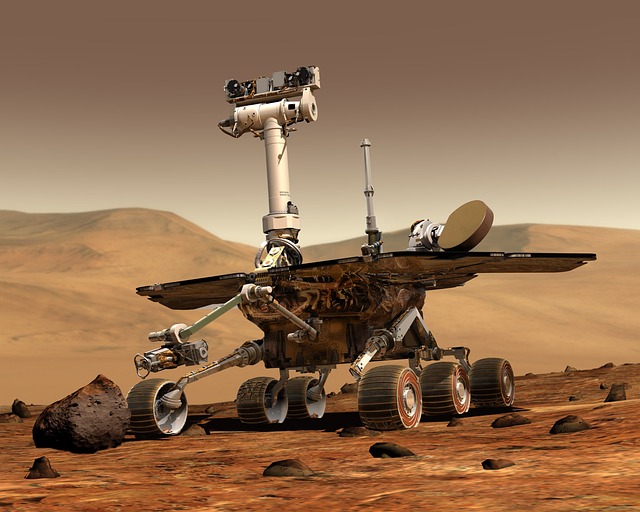In recent years, the confluence of robotics and artificial intelligence (AI) has emerged as a transformative force in the landscape of business automation. At the heart of this revolution lies machine learning, a subset of AI that enables systems to improve automatically through experience. As businesses continue to embrace this technology, a new era of operational efficiency and innovation is unfolding.
Imagine a manufacturing floor where machines not only perform tasks but also adapt based on real-time data. This is the promise of machine learning in robotics. By employing algorithms that can learn from vast amounts of data, robotic systems can optimize their performance, identifying the most efficient methods for production and maintenance. This leads to reduced downtime and higher output, fundamentally reshaping how businesses think about productivity.
The integration of machine learning into robotic systems doesn’t stop at the manufacturing sector. From warehouses employing autonomous robots for inventory management to healthcare facilities utilizing robotic assistants that learn from patient interactions, the potential applications are vast. Each of these systems becomes smarter over time, enhancing accuracy and preemptively addressing challenges that arise in dynamic environments.
Moreover, machine learning enhances decision-making processes. By analyzing patterns in data, AI systems can provide valuable insights that guide strategic choices. Businesses can predict demand fluctuations, streamline supply chains, and personalize customer experiences in ways that were previously unimaginable. The ability to integrate vast data sources into a coherent framework allows managers to make informed decisions quickly and effectively, leveraging the intelligence of both machines and human intuition.
However, this transformation does not come without challenges. As organizations implement machine learning and robotics, they must also focus on reskilling their workforce. Embracing automation means that employees will need to adapt to new technologies and learn how to work alongside intelligent systems. This shift also necessitates a cultural change within organizations, emphasizing continuous learning and adaptation.
As we look to the future, the potential of merging machine learning with robotics is boundless. Companies that invest in these technologies will find themselves at the forefront of innovation, with the ability to respond quickly to market changes and customer needs. The automation of routine tasks freed up by intelligent robotics generates opportunities for humans to engage in more complex, creative work, redefining job roles and driving economic growth.
The journey of integrating machine learning into business automation is just beginning. With ongoing advancements in technology, the possibilities are limitless. Embracing this evolution can lead to not only enhanced operational efficiencies but also a fundamental shift in the way businesses operate. As we navigate this exciting terrain, the marriage of robotics and AI will surely continue to shape the future of industries around the world.




